|
|


There are several methods of harvesting cranberries. Years
ago, cranberries were picked dry using hand scoops. Later, the beds
were flooded and longer handles were added to the scoops. Finally,
mechanical pickers were introduced.
The dry rake method uses a mechanical picker, but the beds are not
flooded. Using the wet rake method, the beds are flooded so the berries
will float toward the surface. A mechanical picker called a Getzinger
Retracto-Tooth picker then gently combs the berries off the vines. This
method causes little bruising and ensures excellent quality fresh
fruit. The most common method in the industry is called "beating." A
machine with a water reel is driven over the beds. The reel beats the
berries off the vines, and they float to the surface of the water. The
berries are then corralled and taken off the marsh. This method is used
for berries that are to be processed.
During harvest, many growers flood their bogs causing cranberries,
which have small air pockets in the center, to rise. Growers then use
water-reel harvesting machines to loosen cranberries from their vine
causing them to float on top of the water. These machines look like
miniature combines with cylindrical spool-shaped metal beaters attached
to the front. After floating to the top, berries are corralled onto
conveyers to waiting trucks which take them to receiving stations and
eventually processing plants where they are used for juice, sauce, and
other processed foods.
About 10 percent of cranberries are dry harvested and sold as fresh
fruit. To dry harvest, growers use lawn mower-shaped mechanical pickers
with comb-shaped conveyer belts that pick the berries and carry them to
attached burlap bags. These bags are emptied into bins and delivered to
fresh fruit receiving stations where they are graded and screened based
on their color and ability to bounce (soft berries will not bounce).
At harvest time, when the berries come off the marsh, they go in a
large hopper. From there, they go into a degrasser which removes twigs
and vines. Then, they enter the dryer which blows air on the berries to
dry off the surface moisture. They are then graded using a mill and
then go on to be visually inspected.
The mills used to grade cranberries during harvest were designed almost
100 years ago. Barrels of cranberries used to be loaded onboard ships
in the 1800's. Eating the fruit prevented scurvy. Folklore has it that
one of these barrels was dropped while onboard. The cranberries spilled
out and rolled down the ship's ladder. The good berries bounced down
the stairs. The bad berries, however, stayed on the steps. The lesson
learned was that good berries will bounce, and that became the basis
for sorting cranberries.
The cranberries go in the hopper at the top and are given several
chances to bounce off the boards and over the hurdles. If a berry
bounces over, it goes on to be visually inspected. If it doesn't
bounce, it drops through the mill and is collected in the box below.
Cranberry growers have much to celebrate at harvest time - the serene
setting of cranberries being harvested, the beauty of the surrounding
environment, the fruits of their long laboring year, and the pride and
knowledge that they are continuing a tradition that is an important
part of our heritage
If It's
Not From The Forest, It's Not Wild!
Mike Poulin,
James Bay Wild Fruit
|


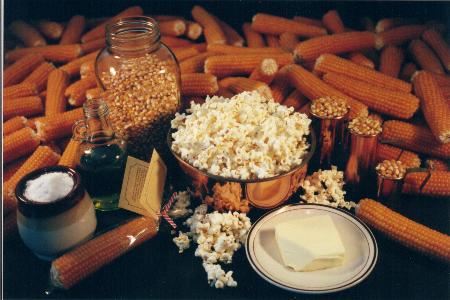
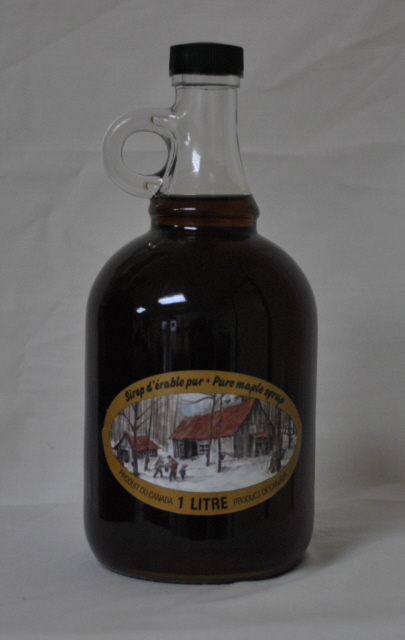
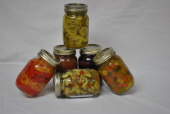
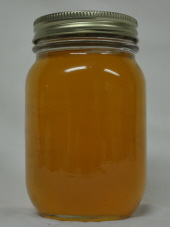
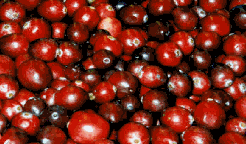
|